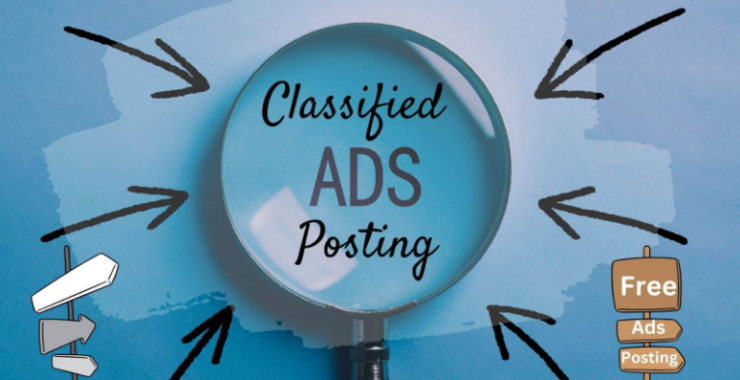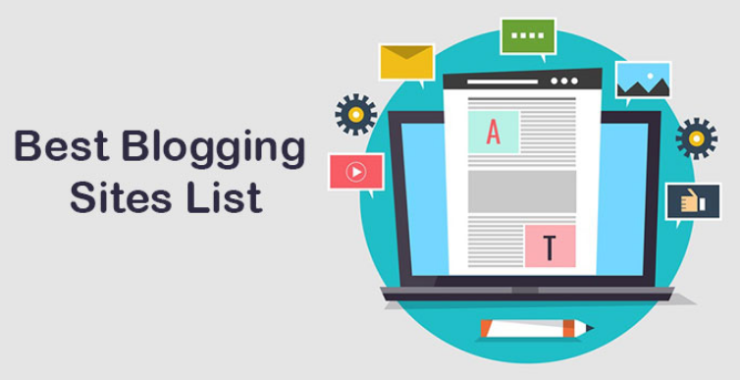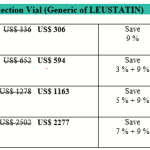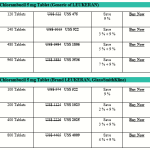Smart Ways to Send Lab Reports of Patients
The profession of a laboratory management system is a complicated one that requires the utmost care of the patients. The lab must convey a sense of trust to the customers so that they can entrust you with their samples for analysis.
Clinical Laboratories can now Wave off Manual Work:
With all this hard work already being done by clinical laboratories, the department of HealthCare took a new turn when it was decided that a lab has to send results directly to the patients. This was mainly done to relieve the stress from the patients who are waiting for their reports from the doctors. With instant report generation, doctors can now decide quickly on critical cases.
The mandatory direct lab report delivery to the patient can be done in various ways whichever is comfortable for the patient and the lab. With the latest technology on queue, the task has been rendered easy for the labs to be in touch with the patients. In this blog, let us discuss the various smart ways in which a lab can send lab reports to patients and deliver test sample reports to them.
Conveying the Message via Short Message Service (SMS):
Sharing reports via SMS can add to the benefit of sample report collection. One small SMS on the result of the test analysis can set the patient’s mind at peace.
Lab reports once generated can easily be shared via SMS straight to the Patient or the Doctor, thus completely eliminating the need for manual handling, wait time, or traveling. Reports of multiple tests performed by the patient are shared as separate updates to avoid the possible commotion. With the intervention of LIMS in clinical laboratories, we help in conveying instantaneous report results to the patient as soon as the technician generates the results. SMS conveying system for test results has so many advantages some of which are:
- No manual human intervention is needed
- Immediate report sharing is made possible for emergency cases or critical patients
Conveying the Message via E-mails:
One of the fail-safe methods for accessing patients anytime is messaging via electronic mail or E-mails. This way the patient can be notified even at their place of work without them having to visit our facilities for manual collection of the report.
Once the lab report is generated with all the optimum observations made from the testing of samples, it can be sent via an E-mail in PDF format as an attachment so that the patient can infer from the report and take the necessary action if any is required. A LIMS-linked lab can save many unwanted manual tasks and immediately convey the message to the patient and doctor for analysis. It has the same benefits as that SMS with the added advantage of the whole report being shared.
Report generation on Mobile App:
A pre-installed mobile app on your smartphone can even track your test analysis phases on your mobile and let you know when you can expect the test results. With just a few swipes, you can view your test results as soon as it is generated by the technician. What better than the confidentiality of your smartphone to let you know the results?
A smartphone with internet connectivity is all that is needed to access reports on the go. The advantage of the mobile app is that you can check the readiness of your report anywhere and at any time.
Direct Collection of the report from the lab:
Out of all the smart ways listed above, this method can be said as the last smart one. However, direct collection of the report from the lab itself is also the safest method when dealing with sensitive information.
Though it requires a physical job to get the report from the lab, it can also be completed by posting the report from the lab to the patient’s home directly.
The direct collection can be combined with all of the above methods of lab report collected by the patient. The patient can first be notified of the result and feel at ease to collect the report. With the full PDF as sent via E-mail, the report can be viewed and consulted with a doctor also. This makes the task of collecting the printed report generated in the lab easy and not urgent.
These were the few methods to send lab reports to the patient, the clinical laboratory can use all of the methods or some of the above to make the patient feel at ease with the lab and thereby create a sense of trust with the lab.








